

Short Version: Splinter Cell: Conviction looks amazing and plays extremely comfortably. The rich world is incredibly engaging and believable from start to finish. The story is a bit short and predictable, but it’s told in interesting ways that add even more to the overall graphical flair of the game.
To say Splinter Cell: Conviction is an experience is putting it a little mildly. The game has style, and lots of it. From the moment the game started to the gripping moments where it ended, the game was so incredibly natural that I couldn’t shake that giddy feeling that accompanies awesome games. I found the game incredibly easy to pick up and play and difficult to put down. Players new to the Splinter Cell universe are quickly brought up to speed on Sam Fisher’s life and the bits of story from the previous games that are important to know for this one. Anyone who hasn’t played the other Splinter Cell games will find that Conviction doesn’t treat them like experts, but instead eases them into the gameplay at an easy to follow pace.
Graphics
I’d like to start by praising Splinter Cell: Conviction’s art direction. The Splinter Cell series has always been known for its fantastic use of lighting, and this installment continues the trend. Lighting is more than just a gameplay mechanic; it looks amazing. Ubisoft’s LEAD engine truly shines most, if you’ll pardon the pun, with its dynamic lighting. Lights that move cast shadows realistically, which is nice when you have several guards exploring a darkened room with flashlights. Light, of course, is not complete without dark, and the dark provides the player with a lot of interesting choices. You can hide in the shadows and play in a more predatory role, or you can run into the light guns blazing and beat the odds. Don’t like the light? No problem! Shoot out the lights to create darkness to hide in.
Why you’d want to play in darkness is beyond me, since all of the locations are incredibly detailed. No interior or exterior in the game is bland. Every room or street is populated with the things that you should find in those places. Nothing looks out of place, everything just seems to belong. Offices are littered with all the things you would expect to find in them, not just a desk, a telephone, and a computer monitor. Exteriors are richly designed, and all seem to take advantage of the sun and moon for creating atmosphere in the lighting. The rich visuals of the locations are complemented extremely well by the detailed citizens that populate them. Civilians even have realistic conversations that are appropriate for the situation they’re in. One in particular, late in the game, had me in shock as the NPCs moved around during their discussion and interacted with each other instead of just standing there.
Gameplay
The natural feel of the game is prevalent throughout the entire experience. I don’t use the term “best ever” lightly, but the cover system in this game is up there with the best I’ve ever encountered in a video game. Yes, even better than that of Gears of War. Getting behind cover is as simple as holding the left trigger, similar to that of the Rainbox Six Vegas games (also by Ubisoft). If you need to make a quick escape, detaching yourself from whatever rock, wall, or tree you’re attached to is as easy as letting go of the trigger. It doesn’t seem like much on paper, but in practice it makes moving around during an intense fire-fight much easier. While in cover, your options for cover to cover movement are shown dynamically as you look at different cover providing objects. Want to run to one side of car and not the other? Not a problem, you can choose to send Sam right where you want him to go.
Sam himself controls like a predator. His movements are quick but stealthy. I had no problems moving in and out of shadows, and I never felt like I had to wrestle with the controls to pull off complex maneuvers. If I didn’t manage to escape or move to the right spot, blame was solely on my own shoulders. Knowing when you’re hidden has been simplified for ease of use. When you’re in light, the world around you is vibrant and colorful, but when you’re hiding in the shadows the color fades out to a monochrome. At first I absolutely loved this touch, and felt it made everything that much more gritty while I was sneaking around levels. But as I played more, I took issue with the way the sudden loss of color sometimes meant it was hard to differentiate enemies from their backgrounds, especially during the missions that take place outdoors with lots of foliage.
Click here to continue to page two of Game Rant’s Splinter Cell: Conviction review.
Continued:
« 1 2 »


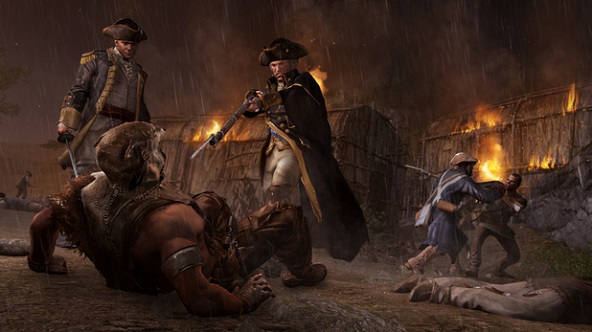

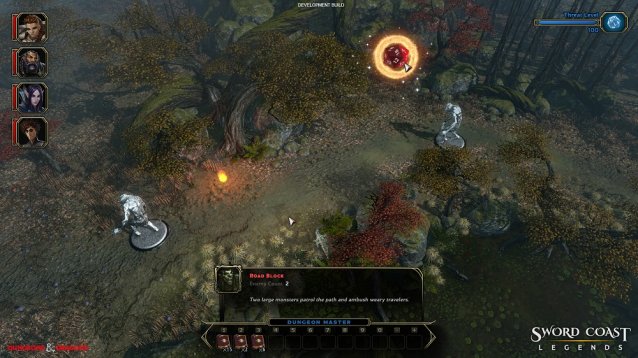 Of Dungeons and Dungeoneering: Sword Coast Legends Interview With Dan Tudge
Of Dungeons and Dungeoneering: Sword Coast Legends Interview With Dan Tudge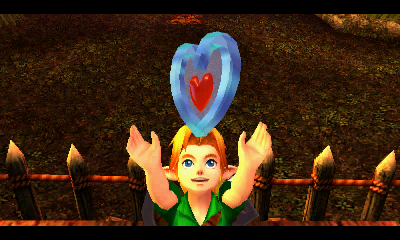 Majora's Mask 3D Guide: How to Win Big at Doggy Racetrack
Majora's Mask 3D Guide: How to Win Big at Doggy Racetrack 15 Excellent No-Sign Up Websites for Everyday Use
15 Excellent No-Sign Up Websites for Everyday Use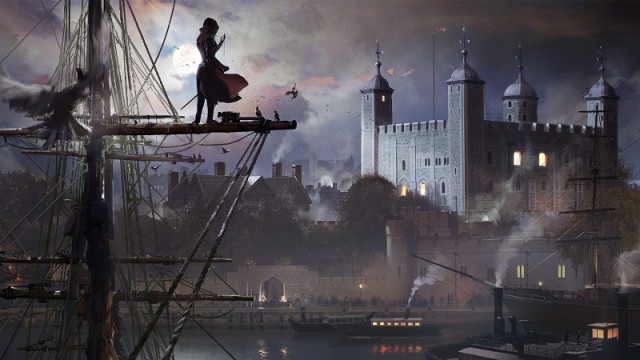 Royal Letters Locations: Assassin's Creed Syndicate
Royal Letters Locations: Assassin's Creed Syndicate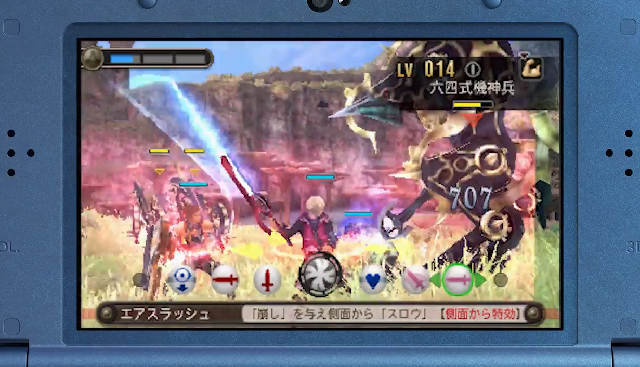 Nintendo's New 3DS - Here's Why You Should Be Excited
Nintendo's New 3DS - Here's Why You Should Be Excited